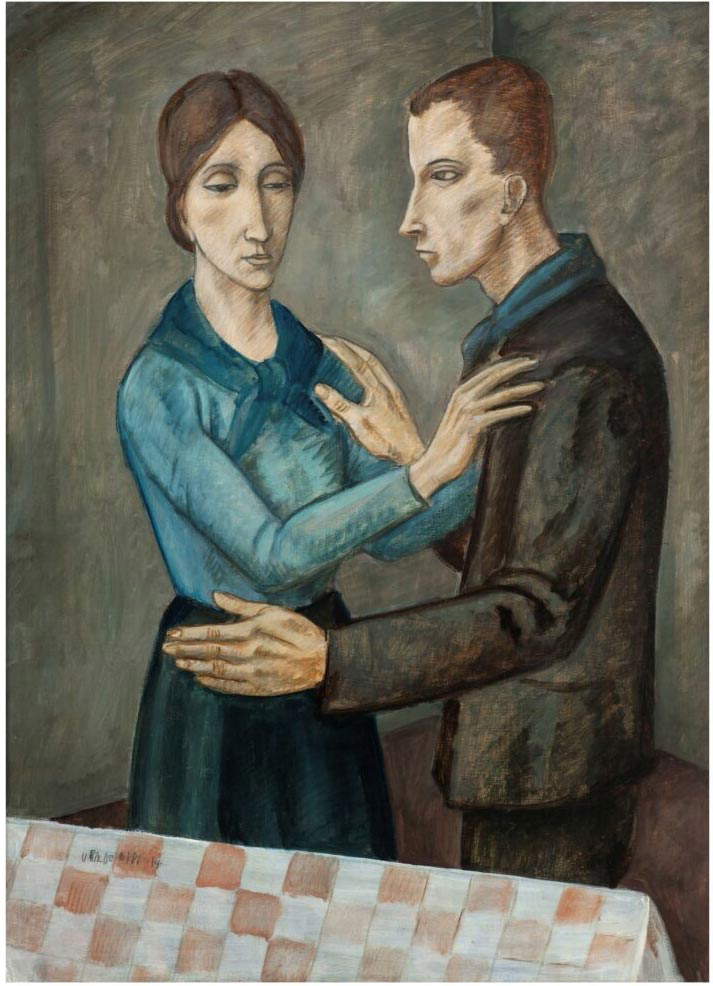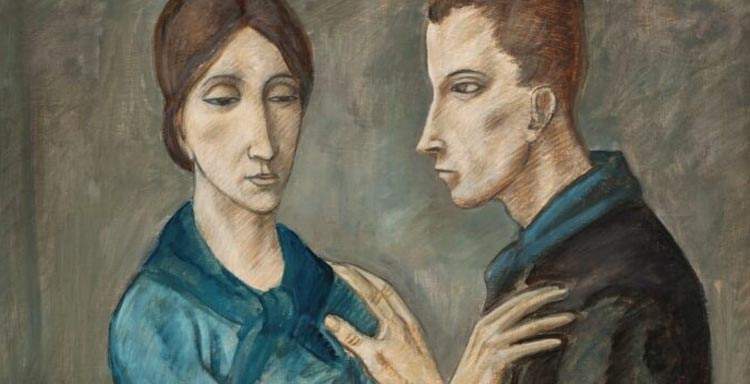Lecco, 20th century exhibitions continue: here is the chapter on the Return to Order
Lecco ’s Palazzo delle Paure hosts a new stage in the cycle of exhibitions Percorsi nel Novecento, a program conceived by the Direction of the Lecco Urban Museum System and entrusted for its design and implementation to ViDi Cultural. This series of exhibitions that, until November 2024, will analyze the Italian cultural scene of the 20th century, gives birth to a new chapter: after the review that explored the Futurist universe, the exhibition Novecento is on the calendar at the Palazzo delle Paure, from July 22 to November 26, 2023. The return to figuration from Sironi to Guttuso. The exhibition, curated by Simona Bartolena (former curator of the Futurism exhibition), produced and realized by ViDi cultural, in collaboration with the Municipality of Lecco and the Sistema Museale Urbano Lecchese, travel partner Trenord, presents more than 60 works by artists such as Mario Sironi, Carlo Carrà, Giorgio Morandi, Felice Casorati, Arturo Martini, Giacomo Manzù, Mario Mafai, Renato Guttuso, Ubaldo Oppi, Carlo Sbisà and many others who, in the interwar period, supported the Return to Order, that is, the call to figuration without denying the spirit of the early 20th century avant-garde of which they had been proponents.
The Return to Order represented a desire common to much of the cultural circles of the early postwar period, which screamed the need to re-enter the canons consecrated by tradition, without losing sight of the avant-garde spirit and cultural renewal promoted by previous generations.
In Italy, this challenge was taken up by Margherita Sarfatti, who founded the Novecento Italiano movement, whose members included Anselmo Bucci, Leonardo Dudreville, Achille Funi, Gian Emilio Malerba, Piero Marussig, Ubaldo Oppi, and Mario Sironi, who were united by the desire to represent an era with their painting and to recover the style of the great masters of the past. Around the Novecento group gravitated other authors such as Felice Casorati, Massimo Campigli, Filippo de Pisis, and Giorgio Morandi who, while espousing the same ideals, never fully adhered to them. In the exhibition, the public will also find a room dedicated to Mario Sironi with works that well represent the artist’s style in the period under consideration. But there are also important works such as a rare landscape by Giorgio Morandi or the equally extraordinary Rovine painted by Afro in the 1930s. A special role is played by the so-called Magical Realism, with a more European scope, which, starting from the recovery of classical expressive stylistic features, nevertheless becomes the expression of an emotional tension far removed from the exhibited monumentality and solemnity of so much twentieth-century painting.
Alongside works referable to Magical Realism, various possible dreamlike and visionary declinations of the painting of the real are also investigated, from surrealist episodes to metaphysical legacies still visible in some works. The review ideally closes with a reconnaissance of those authors who placed themselves in opposition, including political opposition, to official art, from the Corrente group in Milan to the Roman Scuola di via Cavour. Alongside the big names of the time, the exhibition also features, as usual, paintings and sculptures by lesser-known artists who will surprise visitors.
Constructed almost exclusively of works from private collections (with the exception of important loans from the Museo della Permanente in Milan and the BPM collection), the exhibition offers the chance to admire works that are very rarely exhibited, sometimes offered to the public for the first time.
The itinerary is punctuated by insights into other coeval creative expressions, from design to architecture, with the rise of Art Deco and Rationalism, from theater to literature. Like the other exhibitions in the Palazzo delle Paure project, the exhibition will be accompanied by an important didactic-narrative apparatus, with historical hints, information and explanations with a popular slant.
“A major exhibition returns to Palazzo delle Paure proposed by ViDi,” says Simona Piazza, Lecco City Councilor for Culture, “with which we have been gladly promoting major exhibitions in our city’s exhibition center of excellence for several years now. This new exhibition dedicated to the twentieth century follows that of the Futurists, which has just ended with great success with the public and, while tracing a similar time span, proposes a more figurative, classical artistic path. The aim is to propose an excursus through the nineteenth and twentieth centuries that can also tie in with the themes and works housed at our modern art gallery, for an artistic journey of discovery and knowledge that reaches back to the first half of the last century.”
"After the Futurists exhibition,“ says Simona Bartolena, ”which investigated the evolution of the Avant-Garde founded by Marinetti, devoting particular attention to the second period of the movement, we now open Novecento, which ideally continues its narrative. The years are the same-from the early postwar period to the 1940s-but this time the focus is on artists who chose a return to classical figuration. A trend that presents a range of expressive possibilities and multiple possible nuances. The complexity of the period examined is reflected in the artistic experience of the protagonists of the cultural scene of the time, amidst contrasts, contradictions and possible interpretations of the idea of recovering the figurative tradition. The bright colors, dynamism, imagination and provocative edge that characterized the works in the previous exhibition give way to compositions set on plasticity, synthesis and solidity of form and on palettes that favor earthy colors."
“As usual,” Simona Bartolena continues, “the layout and the itinerary are designed with a precise narrative idea that, work after work, develops the theme, telling its different aspects and expressions. To make the reading more usable, we imagined in addition to the more classic sections of general framing of the various languages, also sections dedicated to specific iconographic genres, which allow comparisons between different personalities and styles.”
Accompanying the exhibition is a catalog produced by Ponte43 for ViDi cultural editions. Hours: Tuesday 10 a.m. to 2 p.m.; Wednesday through Sunday 10 a.m. to 6 p.m. Monday closed. The ticket office closes one hour earlier. Information: Tel. 0341 286729 | palazzopaure@comune.lecco.it | www.museilecco.org
 |
| Lecco, 20th century exhibitions continue: here is the chapter on the Return to Order |
Warning: the translation into English of the original Italian article was created using automatic tools. We undertake to review all articles, but we do not guarantee the total absence of inaccuracies in the translation due to the program. You can find the original by clicking on the ITA button. If you find any mistake,please contact us.




























